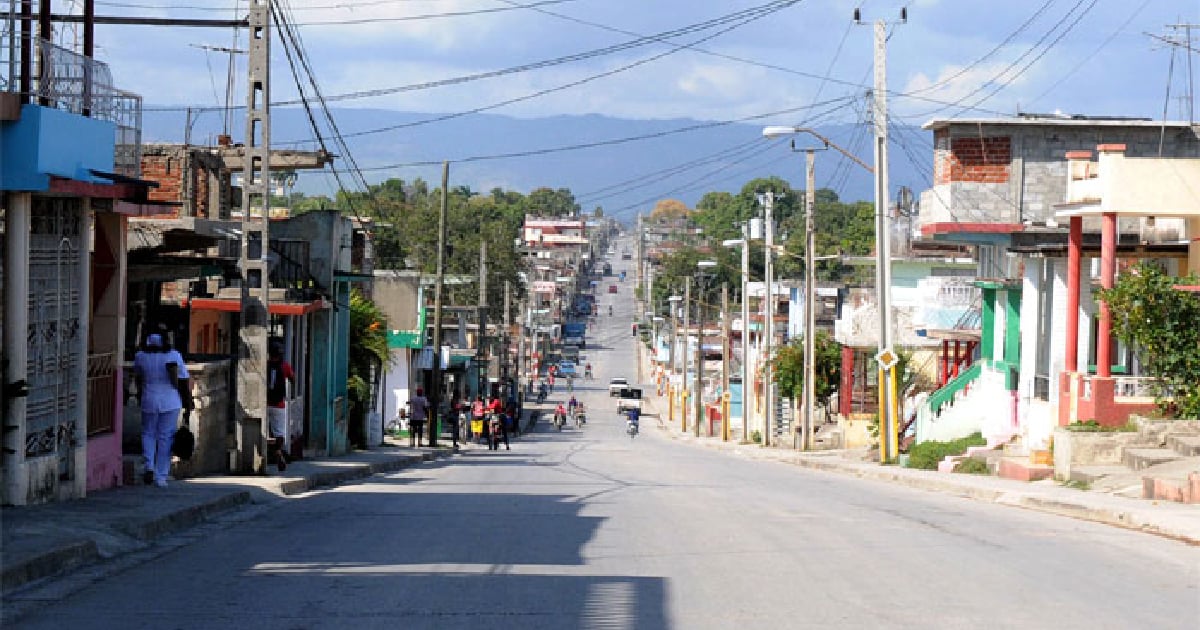The Provincial Council of Social Sciences in Guantánamo has acknowledged a severe population decline, with official data revealing a loss exceeding 40,000 residents since 2019. Roidis Coello Márquez, a member of the provincial commission on demographic dynamics, highlighted the alarming statistics: out of those who left in the last five years, 38,000 were of working age.
According to the National Office of Statistics and Information (ONEI), Guantánamo's current population stands at 465,429. The official newspaper Venceremos noted a growing trend of emigration, both externally beyond the province and country, and internally from rural to urban areas within the territory.
The Challenges of Population Decline
This significant outflow underscores the increasing impoverishment of the province and the failure of policies aimed at encouraging residents, particularly the youth, to stay and develop. The rural communities, in particular, bear the brunt of this economic hardship.
During a recent meeting, participants agreed that "Guantánamo's demographic trends impose numerous social challenges" that should inform "effective government management to enhance the quality of life," yet they stopped short of addressing specific structural failures or culpability.
Lack of Concrete Solutions
Rather than concrete proposals, there was a focus on aligning demographic data with initiatives like the State's Tarea Vida or regional development strategies. Jesús Martín Pérez, the local delegate of the Ministry of Science, Technology, and Environment (CITMA), emphasized the demographic observatory's value, but without translating these insights into practical actions.
Nationwide Demographic Crisis
Cuba is experiencing an unprecedented demographic crisis. In 2024, the island lost over 300,000 residents and recorded its lowest birth rate in decades. By the end of 2024, Cuba's effective population fell below 10 million, with the lowest number of births in over sixty years, confirmed in late May by Juan Carlos Alfonso Fraga, ONEI's deputy chief.
Alfonso Fraga suggested that this year's (2025) births might fall even below the 71,000 recorded in 2023, the lowest figure in 65 years. From 2020 to 2024, ONEI reports that Cuba lost more than 1.4 million people, with a natural decrease of 56,740 just last year.
However, an independent demographic study indicates that Cuba's resident population has already dropped below eight million. This data suggests a 24% decline in just four years, akin to wartime scenarios. The study, conducted by renowned Cuban economist and demographer Juan Carlos Albizu-Campos and accessed by EFE, estimated the island's population at 8,025,624 by late 2024, significantly below the official figure of 9,748,532.
Published partially on ResearchGate, Albizu-Campos describes the situation as a "demographic vacuum" resulting from a "quasi-permanent polycrisis" in Cuba. He argues that depopulation is now a leading indicator of the impending collapse of other societal structures, likening it to "the canary in the coal mine."
The sustained decline in birth rates has been accompanied by a high level of population aging. Currently, 25.7% of Cuba's population is 60 years or older, similar to developed nations but without the institutional or economic support typical of those contexts.
Cuban economist Pedro Monreal has described the situation as having a "significant negative impact" and warned that the current policies to address aging are "insufficient." He also noted the absence of a comprehensive public policy strategy to tackle this challenge effectively.
Understanding Cuba's Demographic Challenges
What factors are contributing to Guantánamo's population decline?
The population decline in Guantánamo is primarily attributed to increased emigration, both international and internal, particularly from rural to urban areas. This is fueled by economic hardship and ineffective policies to retain residents, especially the youth.
How does Cuba's demographic crisis compare to other countries?
Cuba's demographic crisis is unprecedented and resembles scenarios seen in wartime, with a rapid population decline and aging population. Unlike developed countries with aging populations, Cuba lacks the necessary institutional and economic support.
What are the implications of Cuba's declining birth rate?
The declining birth rate in Cuba leads to a shrinking workforce and an increasingly aging population, posing challenges for economic growth and sustainability, and highlighting gaps in current public policy strategies.
